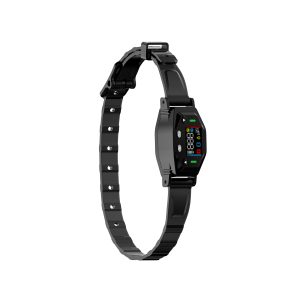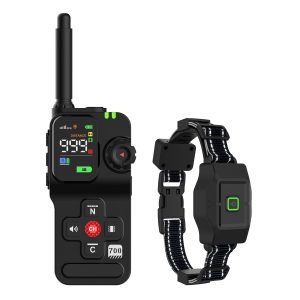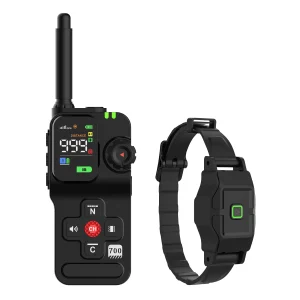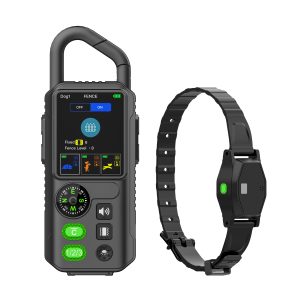The Art of Training Big Dogs: Collars, Commands, and Consistency
Big dogs, while majestic and loyal, often come with their own set of challenges when it comes to training. One tool that has proven effective in training large breeds is the big dog training collar. When used correctly, these collars can aid in teaching obedience and ensuring your furry companion’s safety. Here’s how you can master your big dog’s behavior using a training collar.
Understanding the Basics
Before diving into collar training, it’s crucial to understand your dog’s behavior and temperament. Large breeds require consistent training and positive reinforcement. Choose a collar that fits comfortably and doesn’t cause any discomfort to your canine companion.
Types of Training Collars
There are various types of training collars available, such as choke chains, prong collars, and remote training collars. Research each type to determine which one suits your dog’s needs best. Consult a professional trainer if you’re unsure about the right choice.
Training Techniques
Start with basic commands like sit, stay, and heel. Use the collar to reinforce these commands and reward good behavior with treats and verbal praise. Consistency is key; train in short, frequent sessions to keep your dog engaged.
Correcting Behavior
When correcting unwanted behavior, use the collar with a firm but gentle hand. Avoid aggressive tugging or punishment. Focus on redirecting the behavior and rewarding positive actions. With time and patience, your big dog will learn to respond to your commands.
Benefits of Training Collars
Training collars help in teaching your dog to follow commands, improve behavior, and ensure their safety during walks or outdoor activities. When used correctly and in combination with positive reinforcement, these collars can foster a strong bond between you and your big furry friend.
Conclusion
In conclusion, training a big dog requires patience, consistency, and the right tools. A big dog training collar can be an effective aid in teaching obedience and ensuring your pet’s well-being. Remember to use the collar responsibly and always prioritize positive reinforcement in your training efforts.




